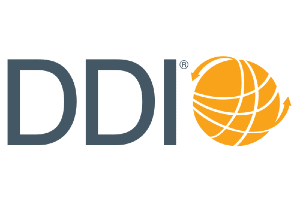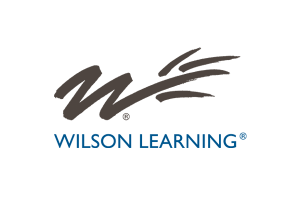Delegation skills are essential for building high-performing, agile teams. In this article, we’ll review a framework that you can train your leaders (and their team members) on, in order to develop a shared vision of how they can grow into higher stages of autonomy.
Stage 1: Apprentice (“Learning How to Do Things”)
No matter how smart or experienced your people are, there are always things they’ll need to learn almost from scratch — because they lack task-relevant experience. If they can approach these assignments with a beginner’s mindset, they’ll be better able to learn and grow their skills.
In terms of autonomy, if you’re delegating something to someone at this stage, it means you’ll be not only telling a team member what to do, in concrete terms, but also giving them reasonably detailed guidance on how they should do it.
In terms of oversight, you’ll want to check in with them frequently to see how they’re doing, answer questions, offer further guidance and oversee the quality of their work.
Stage 2: Qualified (“Doing Things”)
Once someone has proven that they have a basic mastery of the task or process they are charged with handling, it’s time to take a step back. At this point, they should be able to do much of the work with less frequent guidance. In particular, you probably no longer need to offer them guidance on how they should approach it — either because they already know how or because they can be relied on to figure it out.
You continue to oversee and quality-control their work as it progresses, but your check-ins can be less frequent; you might even wait until they are finished before assessing their work. But once it’s ready to be assessed, you’re still very actively involved in reviewing it, giving them the chance to develop their skills even further as you identify ways in which the work could be improved.
Stage 3: Proven (“Doing Things and Making Sure They Are Done Well”)
The key difference in stage three is that you’re expecting your team member to produce high-quality work without you needing to review it. In other words, they will need to quality-control their own work. This, of course, also implies that they’ll need little (if any) checking up on. Instead, the working assumption is that, if they have doubts or questions, they’ll come to you for help.
Stage 4: Empowered (“Knowing What Needs to Be Done”)
The first three stages of autonomy all refer to how well your people can deliver the work they’re tasked with and with what level of oversight. By stage three, they can consistently produce great work with minimal oversight from you — which sounds perfect. So, is anything still missing?
There is. In fact, the single most important factor in making your teams more scalable is your people’s ability to know what needs to be done — and to initiate it. Being empowered is the highest stage of autonomy. In my experience, it’s the least well understood but the most important to understand.
When you’re dealing with employees at stages one through three, you’re still the one who needs to figure out what needs to be done next. If you’re a senior executive, these are the very questions that keep you up at night: What aren’t we doing that we should be doing? What might we be overlooking? What’s around the corner that we need to worry about? What will my manager expect of me that I haven’t already programmed into the work streams?
When all your reports are good, but none is operating at stage four, the pressure on you to constantly think ahead is intense. But as soon as you have some people who are sharing this burden, then you’re really able to fly.
Self-Directing People Are the Pillars of Scaling
If leaders think about the people who have worked for them who truly stood out — the ones who made them privately think, “Gosh, I love working with them”— they probably all had this one thing in common: They often knew what needed to be done. They always had their eye on the future, and instead of waiting for you to tell them what needed to be done next, they frequently anticipated it. Then they either went ahead and did it or proposed it to you.
By following the framework outlined above, your leaders will be positioned to delegate tasks effectively for a more agile and efficient team.









